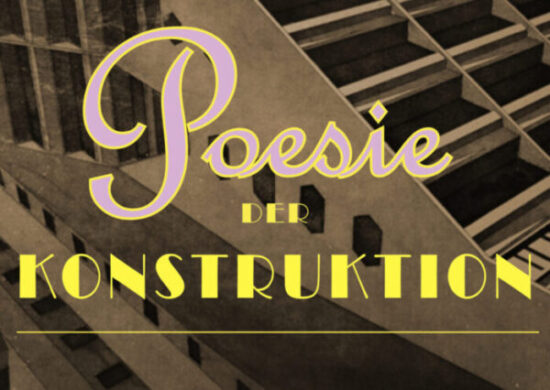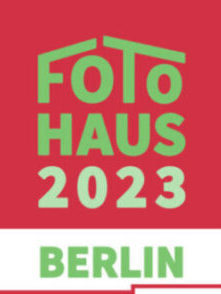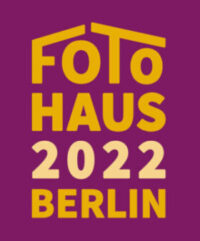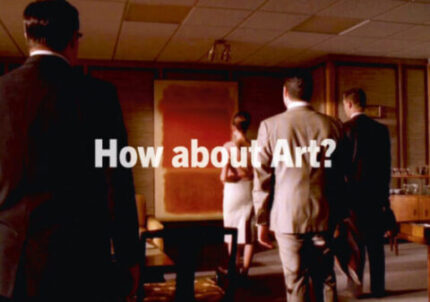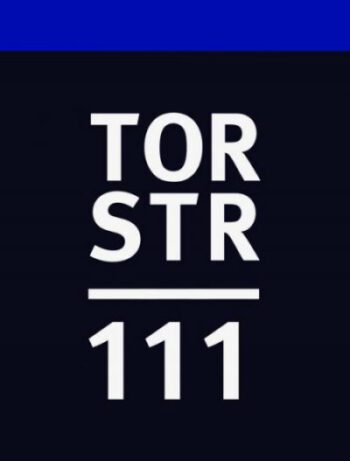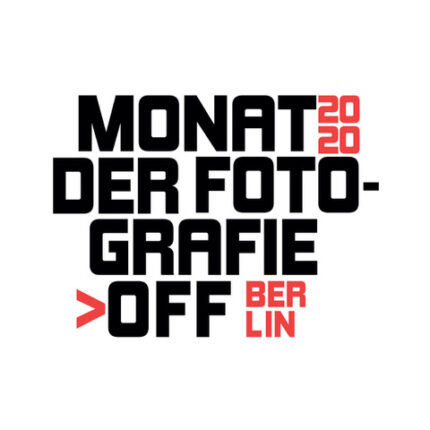GRUPPENAUSSTELLUNG: Làszlò Antal (RS), Daníel Björnsson (IS), Rudolf Borkenhagen (D), James Bullough (US), Filip Caranica (D), Valérie Favre (CH), Ingo Fröhlich (D), Pierre Granoux (F), Sabine Herrmann (D), Friederike Jokisch (D), Rudi Kargus (D), Klaus Killisch (D), Camille Lacroix (F), Inge Mahn (D), Nanne Meyer (D), Esther Nicklas (D), Bob Rutman (D/US), Karin Schroeder (D), Matti Schulz (D), Ulrike Seyboth (D), Holger Stark (D), Mario Thronicke (D), Uwe Walter (D), Tammo Winkler (D), Francis Zeischegg (D), Tanja Zimmermann (D) und eine Gruppenarbeit von Felix Becker (D), Djabril Boukhenaissi (DZ), Christina Huber (CH), Paco Höller (D) und Phillip Langer (D)
/
Kuratoren: Ulrike Seyboth (D), Ingo Fröhlich (D)
/
19.6. – 5.7.2020
VERNISSAGE: Donnerstag 18., Freitag, 19. + Samstag, 20. Juni 2020, 17 – 21 Uhr
/
ÖFFNUNGSZEITEN: 18. + 19. + 20.6. 2020, 17 – 21 Uhr | Freitag + Samstag 15 – 19 Uhr | Sonntag 14 – 18 Uhr und nach persönlicher Verabredung
Link Artikel Berliner Zeitung 25.6.2020
Link Artikel Berliner Tagesspiegel 19.6.2020
Link zum Beitrag auf RBB vom 20.6. 2020

Mit der Ausstellung TORTORTOR 1:1:1 feiert das Kunst- und Projekthaus Torstraße 111 in Berlin-Mitte sein zwanzig jähriges Bestehen. In den Ausstellungsräumen und in der Kunstruine zeigen 32 Künstler*innen, gebürtig aus Algerien, Deutschland, Frankreich, Island, der Schweiz, Serbien und den USA aus den Bereichen Malerei, Zeichnung, Skulptur, Lichtkunst, Installation, Komposition, Video und Puppenspiel.
Ein Brunnen des Bildhauers Rudolph Borkenhagen plätschert vor der Kunstruine im Hof der Torstraße 111. Zwischen Tagtraum und Poesie verweilen hier die neugierigen Besucher*innen, bevor sie sich in das Innere des skulpturalen Gehäuses wagen, um sich vor dem großformatigen Punkpop-Gemälde des Malers Klaus Killisch erstaunt zu vergewissern, dass sie sich soeben auf einen der wohl erstaunlichsten Kunst-Orte Berlins einlassen. Ungestillte Reisesehnsüchte verwandeln den morbiden Charme und die Stille des Kunsthofes – in welche sich aus den Kellerräumen robuste Töne einer Video-Sound-Installation des Komponisten Filip Caranica mischen – in ein südfranzösisches Innenhofinterieur, dem der Blick auf die abstrakt-expressionistischen Farbformen der malerischen Spurensuche in einem lichtdurchfluteten Bild von Ulrike Seyboth Gewissheit verleiht und das sich in den heiteren Landschaftspapieren der Malerin Tanja Zimmermann zu verorten scheint. Und wie auf den nunmehr liebgewonnenen Exkursionen vergangener Zeiten kann sich die Imagination der Sehnsüchtigen auf vier leeren Stühlen und an einem Tisch niederlassen, nur dass diese gleichsam in den Raum hineingezeichneten Möbel aus feinem Drahtgeflecht des Musikers Bob Rutman die eigene Verortung in die Vergänglichkeit hineingeschrieben haben. Oh Illusion, die du dich findest in Raum und Zeit! Hier nun dein Spiegelbild Hundertelf, das sich jetzig in den Fotografien verlassener Leipziger Speicher von Uwe Walter entgegentreten kann, um sich später in den öffentlichen Raum hinauszutransferieren. Aufgeschreckt von den künstlerisch deutlich gewordenen Schwellenbereichen menschlicher Existenz geht die Erkundung weiter: Und gleich Leopold Bloom in Joyces Ulysses finden sich die Besucher*innen dieser Kunstmeile nunmehr im Geflecht zwischen Realismus und Abstraktion, zwischen Utopie und Dystopie, folgen dem gefallenen Engel der Schweizer Malerin Valérie Favre in die Kathedrale des Irrsinns des Hamburger Malers Rudi Kargus.
Und in der dunkelsten Nacht vor dem Morgen wird es wieder still und hernach Licht in der nunmehr realen Berliner Kunst-Kathedrale. Die Lichtskulptur des Zeichners und Bildhauers Ingo Fröhlich zeichnet dem Lebendigen die dazu notwendige Struktur ein, führt über ehemalige Leuchtstofflinien aus dem Gemäuer wieder hinaus und verliert sich im Hof freudig hoffend in einem farbigen Leuchtkasten des Bildhauers Holger Stark. Das Heitere als Gegensatz, nicht als Konkurrenz! In diesem Sinne verweist das DU des Konzeptkünstlers Pierre Granoux an der Hauswand im Hof der Torstraße 111 auf das große Gegenüber der Welt.


















The Art and Project Space Torstraße 111 is turning 20 years old!
Over the course of two decades, the production project has been able to maintain a certain independence from the art scene and enrich the diversity of the inner city in this unconventional meeting place. Over 250 international sculptors, painters, illustrators, conceptual artists, musicians and composers, architects, applied artists, actors, artists, a puppet artist, performance artists, a poet, video artists, filmmakers, students, curators, and art historians spread out over two generations have realised their ideas, inventions, and realisations in 111.
We are also pleased to announce that we will publish a catalogue on the occasion of the 20th anniversary of Torstraße 111, which is funded by the Kunstfonds Bonn Foundation and the District Cultural Fund Berlin-Mitte, and which will be published in July 2020 by Lukas Verlag Berlin.
The fountain of sculptor Rudolph Borkenhagen splashes cheerfully in front of the art ruin in the courtyard of Torstraße 111. Curious visitors will linger between daydream and poetry, before venturing inside the sculptural building, only to find themselves – suddenly blinded by the neon light in the exhibition space – amazed by the large-scale punk-pop painting by painter Klaus Killisch, ensuring them that they have just entered one of the most astounding art spaces in Berlin. An unquenched longing for travel transforms the morbid charm and the silence of the art courtyard – where the robust sounds of a video-sound-installation by composer Filip Caranica seep through from the basement – into a courtyard interior in Southern France, which provides a backdrop to the abstract-expressionist colour forms of the painterly search for traces in a light-flooded painting by Ulrike Seyboth and that seems to be located in the cheerful landscape papers by painter Tanja Zimmermann. And just like in the beloved excursions of bygone times, the imagination of longing can settle on four leather chairs and at a table, so that these furniture pieces, drawn into the space with fine wire mesh by musician Bob Rutman, capture their location in transience. Oh illusion, how you find yourself in space and time! Here is your reflection, 111, which can now be seen in the photographs of Uwe Walter’s abandoned Leipzig warehouse. Startled by the artistically clear emerging areas of human existence, the exploration continues: and just like Leopold Bloom in Joyce’s Ulysses, the visitors of this art mile now find themselves in a web between reality and abstraction, between utopia and dystopia, following the fallen angel of Swiss painter Valérie Favre to the Cathedral of Madness by Hamburg painter Rudi Kargus. And as though the art hell were not enough already: a group painting transports the inner chimeras of the searching ones to rebellion: Shame of the Egoless!
And in the darkest night before morning, everything becomes still and light again in what has by now become the reality of the Berlin art cathedral. The light sculpture by illustrator and sculptor Ingo Fröhlich draws the necessary structure for the living, leading from the walls through former fluorescent lines, and loses itself joyfully and hopefully in the courtyard in the coloured light boxes by sculptor Holger Stark. The cheerful as contradiction, not as competition! In this sense, Friederike Jokisch simply lets the wanderlust move through the picturesque, empty spaces of her images, and with the certainty of morning, Nanna Meyers’s Camembert Boxes, covered with 111’s, remind us of the humour in everyday objects, which appears allegorically as a garden hose in Snake in the Box, a work by sculptor Inge Mahn, or in a self-referential manner in the collages by Làszlò Antal, just as the DU by conceptual artist Pierre Granoux on the house wall in the courtyard of Torstraße 111 refers to the great contradiction of the world.
Fotos © Uwe Walter, 2020 | Die Künstler*innen
